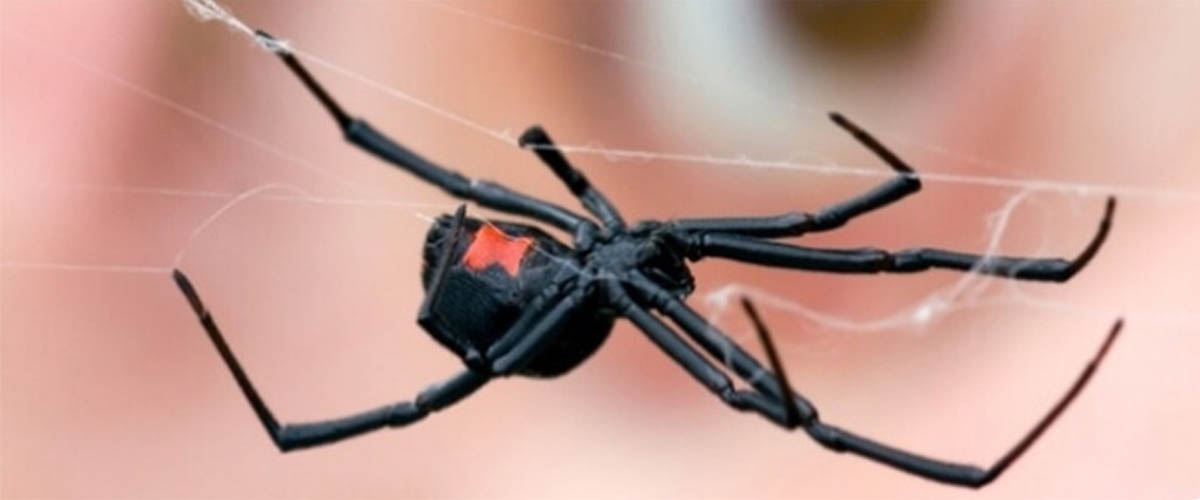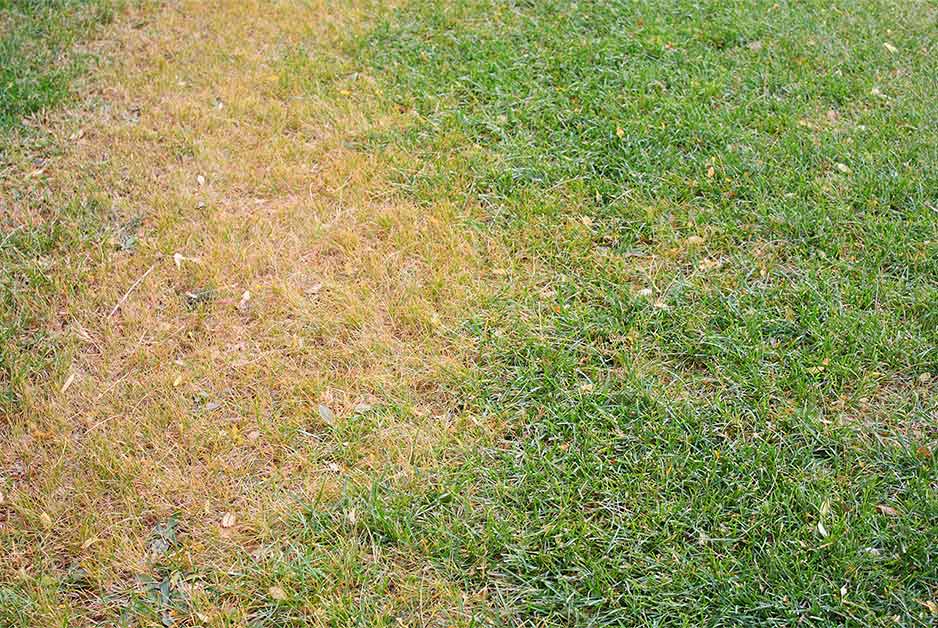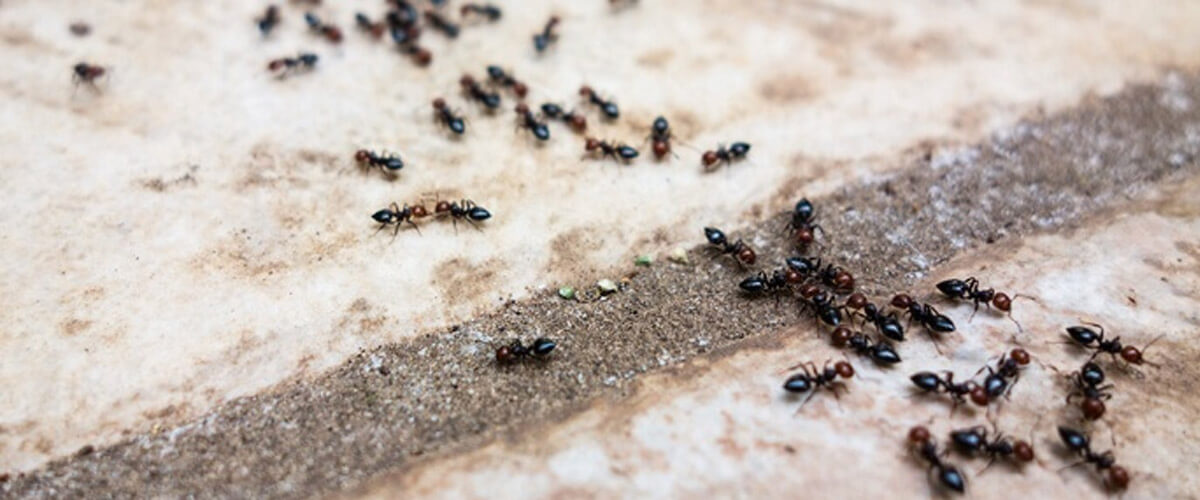Spindly Spiders and Their Secret Sanctuaries
They lurk in closets, under beds and inside shoes. No, they are not monsters — although for people with arachnophobia, they might as well be — they're spiders, hiding in the cracks and crevices of your home. The United States is home to more than 3,000 varieties of spiders, 60 of which are venomous.1 So it's no wonder that these eight-legged arachnids are popular symbols of Halloween.
Spiders often come indoors in search of food or mates.2 Because spiders feed on small insects, they enter homes during the winter to take advantage of the warm environment that's perfect for insect breeding. While most spiders are timid and harmless to humans (and pets)1, they will bite in self-defense. Venomous spider bites can sometimes be fatal.
Varieties of venomous black widow or brown widow spiders are found in most regions of the U.S.3, but the venomous brown recluse spider is common only in the south and central regions of the country. Northeastern states are known for perhaps the scariest-sounding spider: the aggressive house spider.4 Also known as the hobo spider, the aggressive house spider is venomous, but not actually considered aggressive.
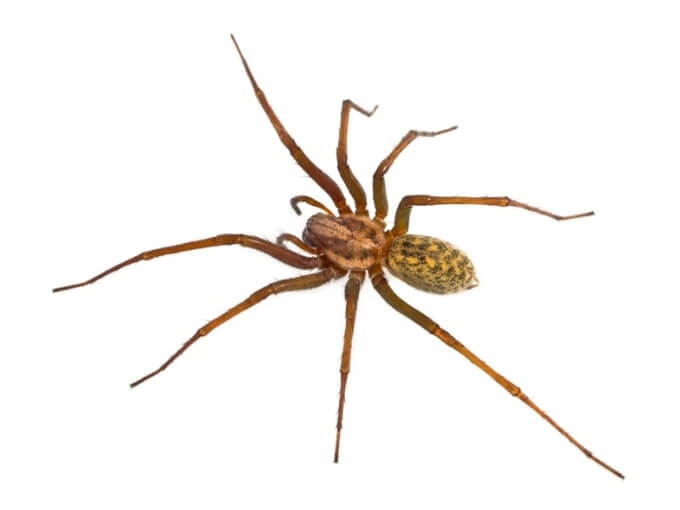
Despite its name, the aggressive house spider is not actually aggressive.
While spiders often make appearances in horror stories, there's no reason to panic around them. By knowing what types of venomous spiders live in your region, what they look like and how to deal with them, you can keep your home arachnid-free.
IDENTIFYING VENOMOUS SPIDERS
To identify a venomous spider, you must first determine that the pest in question is actually a spider. Spiders have two main body regions: the cephalothorax and the abdomen. Insects, on the other hand, have three: the head, thorax and abdomen.2 Additionally, spiders have eight legs, while insects have six. If you dare to get extremely close to a spider, you'll also discover that it has six or eight eyes, compared to an insect's two. Finally, spiders do not have wings. A flying spider would certainly terrify many people.
The most widely known venomous spiders are the black widow, the brown recluse and the aggressive house spider. The black widow is the most identifiable, easily recognized by its glossy, black body and the red hourglass-shaped marking on the underside of its abdomen.1 Many brown spiders are often mistaken for the brown recluse, which is identifiable by a marking in the shape of a fiddle on its abdomen. The aggressive house spider is a little more difficult to identify, because a microscope is required to see the yellow-on-gray markings on its abdomen.5
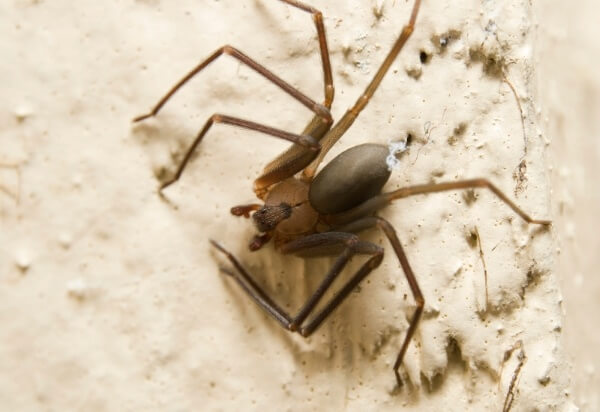
The brown recluse spider is rarely seen due to its reclusive habit.
It's worth noting that while daddy-long-leg spiders, in the Opiliones order of Arachnids, are thought to be venomous, they are not. These arachnids are capable of defensive secretions, which can make prey ill, but they do not have venom glands.6
BITE SYMPTOMS
The physical response to a spider bite varies by individual, but usually the bite is less painful than a bee sting. Most spider bites cause only minor problems, such as itching at the site; however, serious issues, such as difficulty breathing, an increase in blood pressure, muscle pain and allergic reactions, can often result.3 In only the most severe cases, venomous spider bites can result in death.
Because most spiders are non-venomous, it is important to remain calm if you think you've been bitten.
However, if a venomous spider bite is suspected, take the following steps immediately:
- Wash the bite area with soap and water, but never try to remove the venom.3
- Place a cold, damp cloth on the site to reduce swelling, and then elevate the affected area.
- Seek medical attention immediately if symptoms are severe or don't improve.4
If medical attention is required, help your doctor determine the correct treatment process by bringing the spider with you to the emergency room or the physician's office. Find and kill the spider, and then place it in a bottle filled with rubbing alcohol to preserve it for identification. Positive identification will save precious treatment time.4
SPIDER PROTECTION
As the saying goes, the best defense is a good offense. Protect your family and pets with Amdro Quick Kill Ant & Spider Killer granules. One application around the exterior of your home keeps killing listed pests for up to three months. Stay vigilant by making sure that closets and other low-traffic areas are absent of clutter, and vacuum frequently to keep spiders from getting comfortable in your home.2
While Amdro Quick Kill Ant & Spider Killer can't protect you from the ghosts and goblins of Halloween, it can protect you and your family from the season's creepiest crawlers.
References:
- Jeffrey Hahn, Phil Pellitteri, Donald Lewis, "Potentially Dangerous Spiders," University of Minnesota Extension
- Jeffrey Hahn, Phil Pellitteri, Laura Jesse, Donald Lewis, "Common Spiders in and Around Homes," University of Minnesota Extension, February 2012
- "Venomous Spiders," Centers for Disease Control and Prevention, July 2015
- "Spiders," Washington State Department of Health
- "Hobo Spiders," Utah State University Extension
- "Daddy Long Legs Myth," University of California, Riverside

